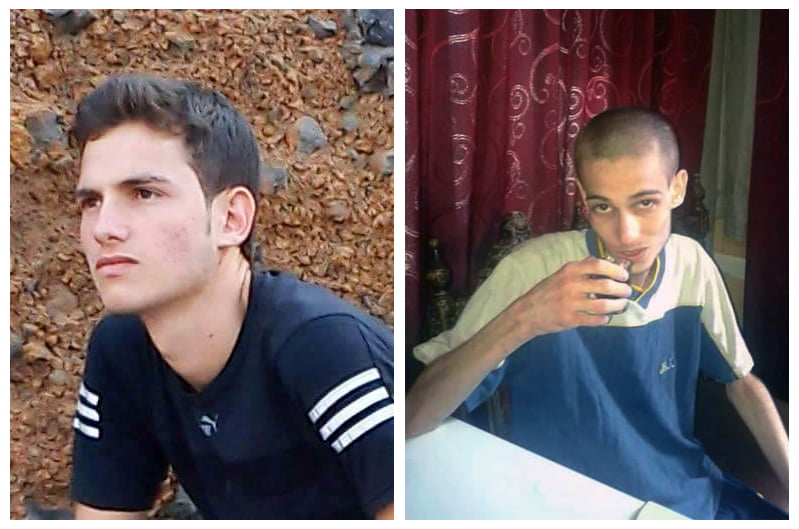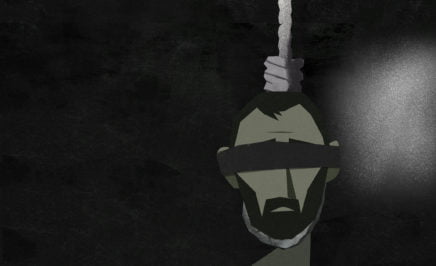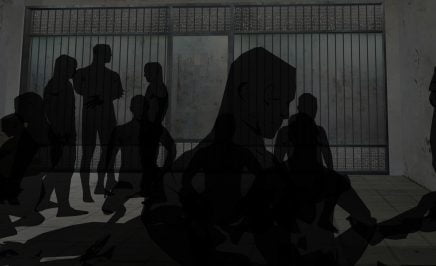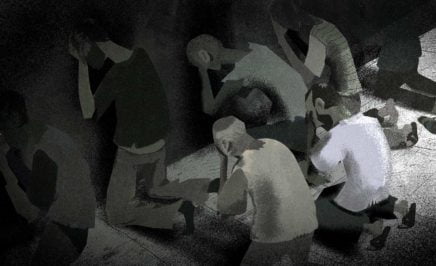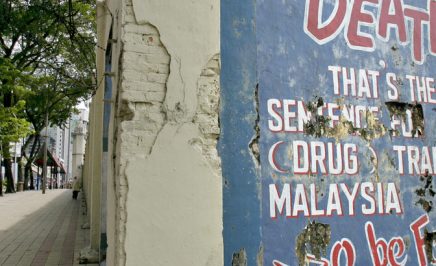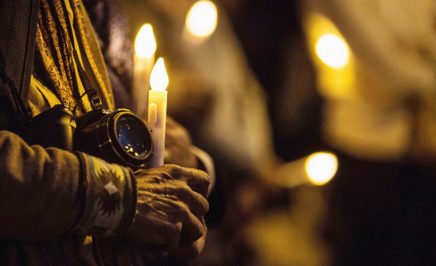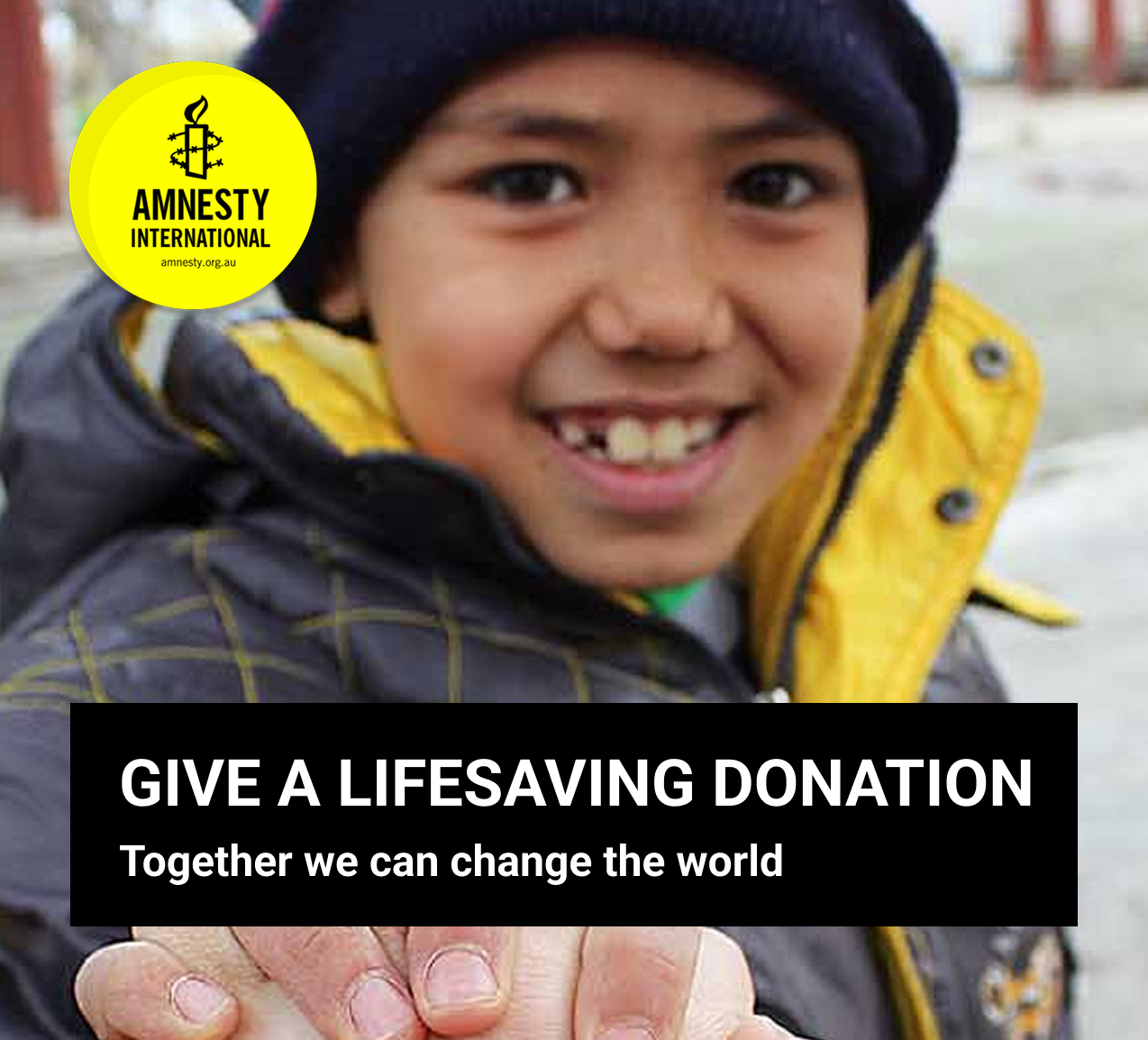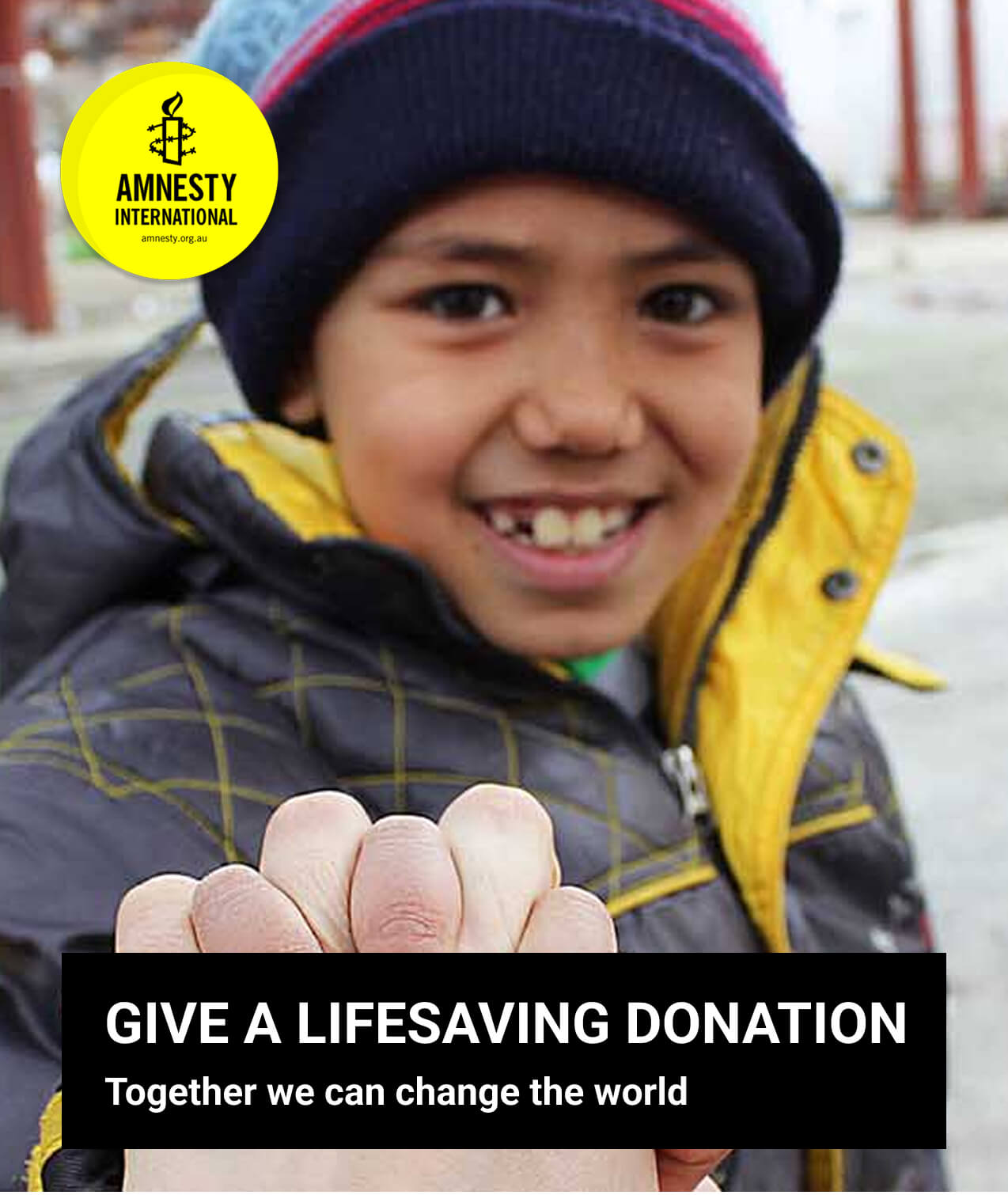Saydnaya Prison is where the Syrian state quietly slaughters its own people. Every week, between 20 and 100 people are taken from their cells, to be hanged, in the middle of the night.
As many as 13,000 people have been killed in Saydnaya since 2011, in the utmost secrecy. Many other people at Saydnaya have been killed after being repeatedly tortured and systematically deprived of food, water, medicine and medical care. The bodies of those who are killed at Saydnaya are taken away by the truckload and buried in mass graves. It is inconceivable that these large-scale and systematic practices have not been authorized at the highest levels of the Syrian government.
Mass Hangings
Before they are condemned to death, victims face what the Syrian authorities call a “trial” at the Military Field Court. In reality, this is a one or two-minute procedure in an office, in front of a military officer, where effectively the detainee’s name is logged into a death registry.
On the day of the execution, which prison guards refer to as “the party”, they collect those who will be executed from their cells in the afternoon. The authorities inform the detainees they will be transferred to one of the civilian prisons, which many believe have much better conditions. They are instead brought to a cell in the basement of the building, where they are severely beaten.
A former prison guard described how detainees are severely beaten throughout the night before being driven to an ‘execution room’:
“Whoever comes can beat them, until the officer arrives. We already know they will die anyway, so we do whatever we want with them.”
“If you put your ears on the floor, you could hear the sound of a kind of gurgling. This would last around 10 minutes… We were sleeping on top of the sound of people choking to death. This was normal for me then” – ‘Hamid’, former detainee
The execution room at Saydnaya was expanded after June 2012, so that more people could be executed at once. Nooses line the wall. On entry to the room, the victims are blindfolded, and do not know that they are about to be killed.
They are then asked to place their fingerprints on statements documenting their death. Finally they are taken, still blindfolded, to concrete platforms, and hanged. They do not know how or when the execution will be carried out until the nooses are placed around their necks. Detainees held in the building in the floors above the execution room reported that they sometimes heard the sounds of these hangings.
To this day, detainees are still being transferred to Saydnaya, and “trials” at the Military Field Court in al-Qaboun continue. There is therefore no reason to believe that executions have stopped.
Unimaginable torture
Former prisoners speak of an endless cycle of beatings. On the journey after arrest. In transit between detention centres. As part of a “welcome party” of abuse on arrival at a prison. And in some cases every day for every conceivable minor ‘breaking’ of rules, including talking or not cleaning their cells.
Many of the people we spoke to said they had been beaten with plastic hose pipes, silicone bars and wooden sticks. Some had been scalded with boiling water and burnt with cigarettes. Others were forced to stand in water and given electric shocks.

Some of the techniques used are so commonplace they have their own nicknames. There’s the ‘flying carpet’, where people are strapped face-up on a foldable board, and one end is brought up to the other. Or the “tyre” (dulab), where people are forced into a vehicle tyre, with their foreheads pressed onto their knees or ankles, and beaten.
Both men and women have been raped and sexually harassed. Women have also been threatened with rape in front of their relatives in order to extract “confessions”.
Sub-human conditions
People suffer acute mental health problems due to overcrowding and lack of sunlight. In some cases, people told us there could be more than 50 people in a cell as small as 3m by 3m. They have little or no access to medical care and prisoners frequently die as a result of completely preventable medical problems.
This absolute horror is designed to break the will and destroy the spirit of those detained. Survivors are psychologically traumatised and physically broken. They often require intensive medical and emotional support to rebuild their life.
In most cases, the Syrian government denies the security forces have even arrested these people. Or they refuse to give any information about their whereabouts. It means that many detainees are “disappeared” – outside the protection of the law – making them especially vulnerable to abuse.
End the horror in Syria’s prisons
